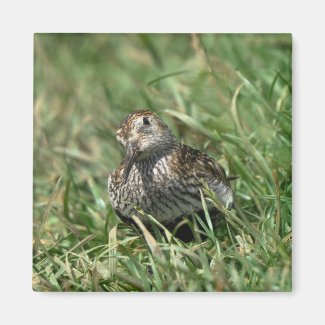Pictures of British Birds: A Bird's Eye View of a Dunlin
 |
| Dunlin |
This photo journal features a close-up view of a pretty little Dunlin that allowed me to get up close and personal.
"Dunlins are waders, shorebirds usually seen on shorelines at low tide. So you would expect to see a dunlin when visiting the coast. However, you would not necessarily expect to see a dunlin on a path on top of a 300 foot high cliff. It was with great delight this birdwatcher (plus camera) found this pretty dunlin foraging in a muddy puddle on a public footpath at
RSPB Bempton Cliffs Yorkshire. It came very close, indeed, at times too close for the camera to focus properly. What a privilege to be able to document that encounter in this photo journal together with some information on dunlins that you may enjoy."
Information about Dunlins: Geek Stuff
 |
| Dunlin |
- Order: Charadriformes
- Family: Scolopacidae
- Species: Caldris alpina
- Found: Europe
- Length: 16-20cm or 6-8 inches
- Wingspan: 35040cm or 14-16 inches
- Weight: 40-50gram or 1-2 ounces
- Lifespan: up to 10 year
- Migratory: some winter in UK, others migrate to the Mediterranean and the Middle East
- Breeds: Coastal Europe, UK, Scandanavia and Iceland.
- Nesting: Ground nesting in small, shallow nest lined with grasses.
- Eggs: 3-4 - lays only one clutch per year around May, June or July.
 |
| male Dunlin |
How to identify a Dunlin
Size-wise, the dunlin is a little smaller than a starling. It is a vey pretty little wading bird usually seen along a shoreline at low tides. It is particularly fond of tidal estuaries and mudflats but can also be found in any marshy habitat.
The adults have a rich chestnut and black back and a buff chest that has a light and dark streaking that gives it an attractive speckled appearance. The lower belly is black but in the female this is lighter and smaller than in the male. They have long legs and splayed feet that are their wetland habitat. The small head has a chestnut patch with a paler eyebrow line and a dark eye. Typically, they have a long, narrow beak (smaller in the female than the male) that allows them to dig down into mud for worms, insects and other invertibrates.
Juveniles are paler with black and cream strips on their backs. Typically, the adult plumage changes in winter when the adult appears with a much paler chestnute with a grey-streaked chest - the black on the lower belly disappears in winter.
What do Dunlins eat?
 |
| Dunlin foraging for invertibrates in the mud |
Dunlins eat worms, insects, insect larvae and other invertebrates and ocasionally seeds. They use that long beak to probe deep into mud in search of molluscs. The photographs displayed here give an excellent illustration of that.
 |
| Dunlin foraging in the mud |
 |
| Dunlin foraging in the mud |
 Square Magnet: Dunlin
Square Magnet: Dunlin by
annmackiemiller
View Birds Magnets online at
zazzle
PHOTO GALLERY OF A DUNLIN
 |
| young male Dunlin |
 |
| young male Dunlin |
 |
| young male Dunlin |
 |
| young male Dunlin |
 |
| young male Dunlin |
 |
| young male Dunlin |














What a gorgeous bird! How wonderful to find one on the footpath! Your photos are amazing Ann and I enjoyed reading about these Dunlins.
ReplyDelete